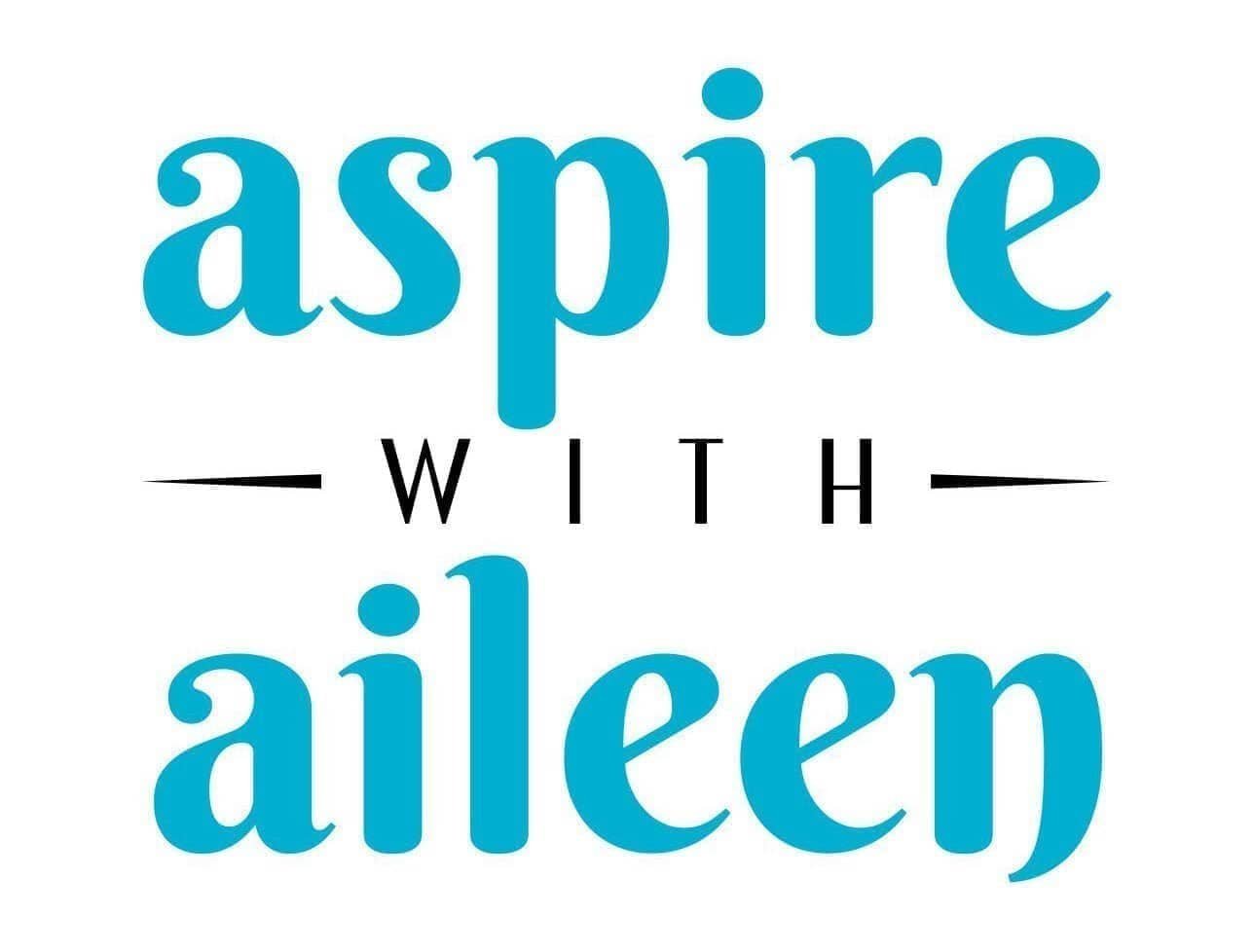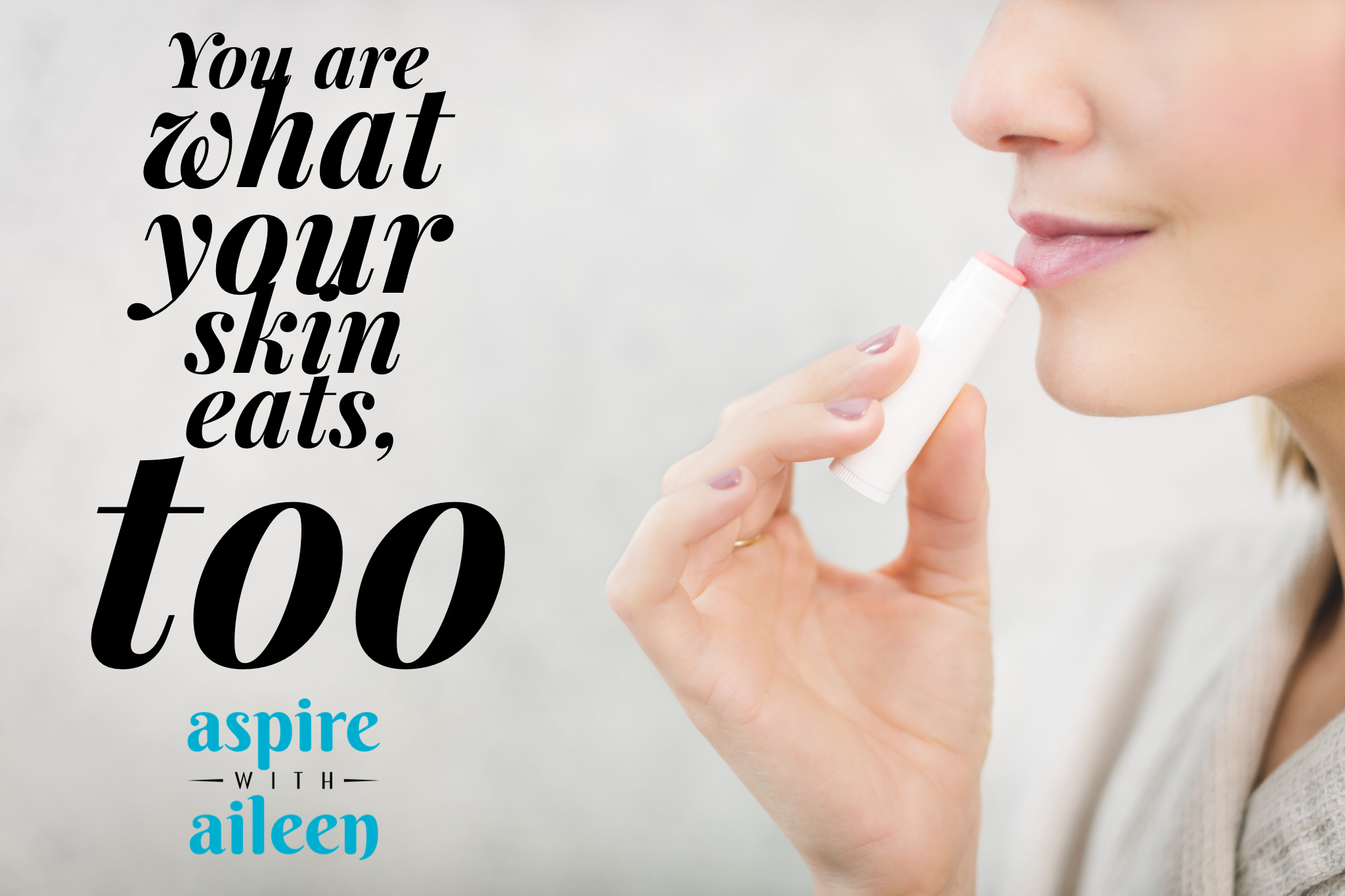Last week I shared my manifesto. Now I want to share a little bit more personal of a story with you to give you a sense of my path to pursuing wellness.
When my older brother was only 27 years old, he heard the words that change a person’s life forever:
YOU HAVE CANCER.
To be specific, it was Stage IV Hodgkin’s Lymphoma and he had a football sized tumor in his chest. After 5 different chemotherapy regimens and a stem-cell transplant, he was in remission and has been ever since.
If you or one of your loved ones has ever had a health crisis, you know that the impact of this type of news is far reaching. He was the healthiest member of our family by far – able to run marathons like they were 5K’s.
If I’m being totally honest, his diagnosis gutted me.
That was in 2008 and I still get choked up when I talk about it sometimes. It’s only in hindsight that I can now see how big of an impact his journey to health had on mine. One of the things that terrified me, among the MANY, was the reality that this could happen to someone who was so thoughtful about his health.
It jolted me into taking a more serious look at my own.
I was in graduate school and my budget, coupled with my single girl status and disinterest in cooking for one, led to eating lots of processed food (a Taco Bell Crunchwrap Supreme was only a couple bucks and transported well to class!). When it came to anything sugary, I’d find myself in the following cycle: seeking out and eating way more than intended, feeling guilty, and then trying to justify my actions to myself or others who witnessed the Cookie Monster course of events.
I used to be so exhausted that I’d hit the snooze button four times before waking, take a shower, then take a quick nap before being able to start my day. I was used to feeling consistently bloated and foggy, having lots of trouble with my digestion and skin, and getting constant colds that would linger for weeks.
It was easy for me to brush each issue aside in isolation from one another, but after seeing what my brother went through I had a newfound appreciation for all that our bodies do for us and a yearning to treat mine with more care.
I wanted to collectively look at my lifestyle choices and assess where I could, and should, make changes.
Luckily, a friend of mine was studying to become a health coach, and through working with her I confirmed that both needing a nap 10 minutes after waking up and being sick all of the time weren’t normal... but it didn’t have to be this way.
After working together for a few months, I was less bloated and barely ever got sick, my skin cleared up, and I felt this new, incredible sense of energy, productivity, and clear-mindedness. From there, I was hooked on learning anything and everything wellness related and sharing what I learned with anyone who would listen.
Seeing how I was able to impact people's lives with my newfound knowledge motivated me to commit to becoming a Certified Integrative Health Coach through the Institute for Integrative Nutrition™ (IIN).
While I’ll never know what caused my brother to develop cancer, I know I’m motivated to avoid foods, products, and habits that are linked to the disease. I’m excited to continue to share my passion for holistic wellness with others, whether their lives have been touched by a health crisis or not, and help them discover how to feel healthier themselves.
If any of my story resonated with you, or you have other wellness goals you're aiming to reach and just want that extra accountability, let's connect for a free 30 minute consultation. More information on offerings and my approach here!




